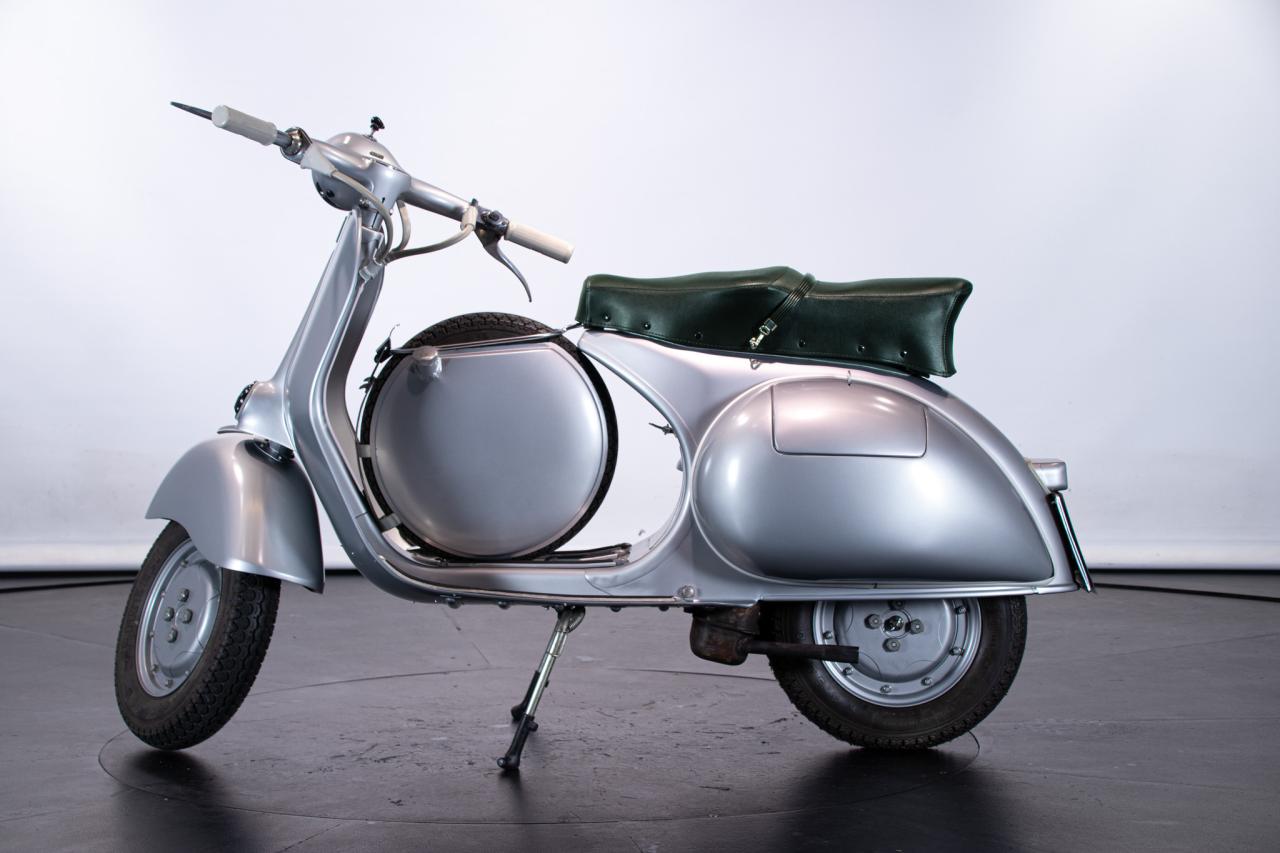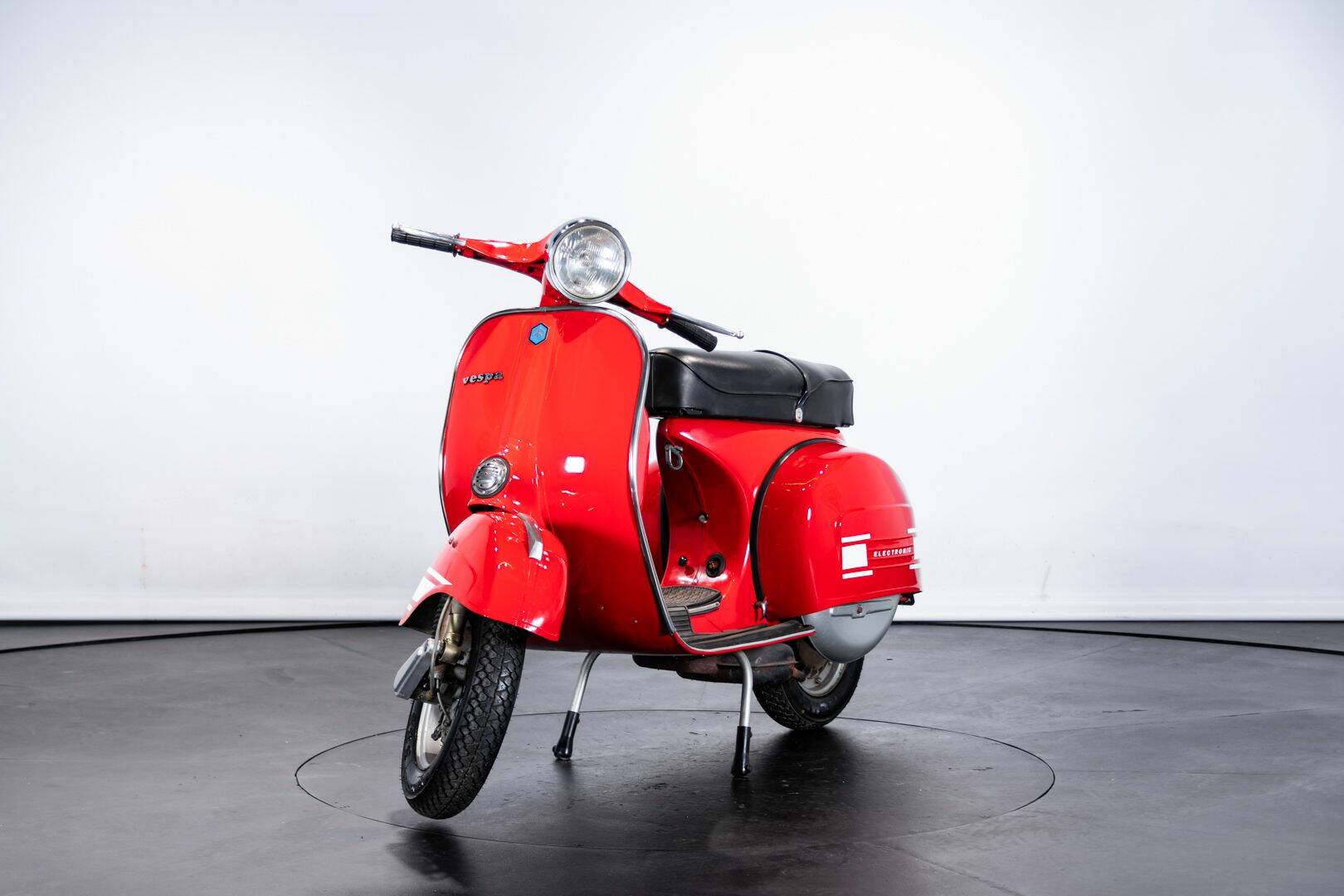Scooter culture is defined by more than just the Vespa scooter, but it is a cultural icon that has influenced scooter culture around the world. Since its creation in 1946, Vespa has brought out many models which have determined style, innovation and practicality. Below are five of Vespa’s classic models that contributed to the company’s legacy.
1. Vespa 98 (1946)
The first model ever produced was the Vespa 98 and it was the basis for the brand’s success. The scooter was designed by aeronautical engineer Corradino D’Ascanio, and it was the step through frame and enclosed engine that made it practical and easy to ride for both men and women. The sleek design and low price were a revolution in post-war Italy, where there was a desperate need for cheap personal transport. The Vespa 98 responded to this demand, but it also brought a stylish substitute for the motorcycle.
2. Vespa 150 GS (1955)

Vespa 150 GS is often considered one of the most legendary models in the brand’s history. Being a sportier version of earlier Vespas it was meant to compete with motorcycles that were dominating the market at the time. It had a 150cc engine, a four speed gearbox and 10 inch wheels for better performance and safety. The Mod subculture in Britain in the 1960s made its aerodynamic design synonymous with it, and so it was immortalized in films like *Quadrophenia*. It’s no wonder that the 150 GS is one of the most collectible Vespa models to this day.
3. Vespa Super Sprint 90 (1966)
Super Sprint 90 was a special edition model for the riders who wanted speed and agility. It was compact, narrow handlebars, and streamlined body, which made it perfect for urban commuting. With a 88.5cc engine that could reach speeds up to 93 km/h, it was marketed towards younger riders looking for both style and performance. What made the Super Sprint 90 stand out and be so popular with collectors was that it was a unique design, with a centrally positioned toolbox.
4. Vespa Primavera 125 (1968)
Vespa’s Primavera 125 was a major step in the evolution of Vespa’s design and engineering. It was lightweight, agile and had an upgraded engine which gave better performance than those of its predecessors. Due to its affordability and practicality, the Primavera became enormously popular among young riders and became a symbol of freedom and individuality in the late 1960s. Modern reinterpretations of the model in recent years were due to its enduring popularity.
5. Vespa PX Series (1977)

Vespa’s PX series is one of the company’s longest running and most successful lines. It was introduced in 1977 and was an improved design with a steel body, manual transmission and better suspension for improved handling. The PX was such a global sensation because it was reliable and had a timeless aesthetic. While keeping the classic Vespa charm, it had modern features such as an optional electric start system in later versions.
Not only did these five models define scooter culture but they also went beyond their functional purpose to become symbols of style, innovation and social change. From the post war practicality to rebellion of youth and the enduring elegance of each Vespa model, they have a story to tell. Vespa’s legacy endures, and Vespa is still a symbol of timeless design and cultural importance in the world of two wheels.

